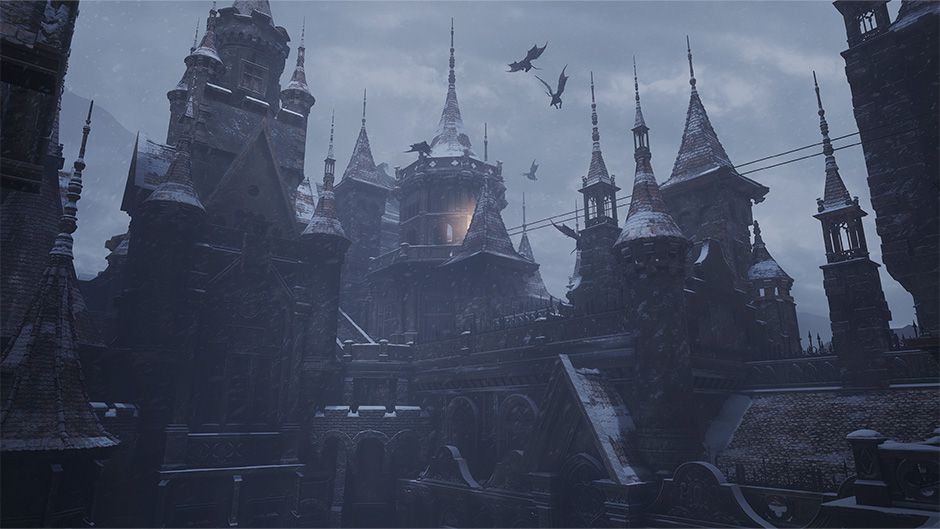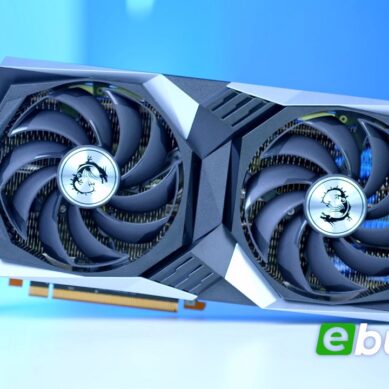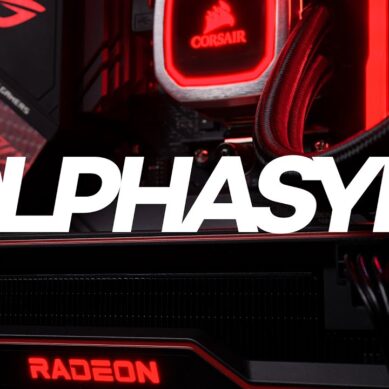
Images in this article provided by: Capcom
Two unnecessarily arduous months after Resident Evil Village’s initial launch, game publisher Capcom has finally released a much-needed PC patch.
It’s bare bones, but it does directly address one of the main controversial issues surrounding the game, as well as introducing AMD’s FidelityFX Super Resolution (FSR).
FSR’s debut outing
Resident Evil Villages runs on Capcom’s in-house RE Engine, lauded for being extremely performant while producing top-tier graphics.
Combined with the eerie, gothic horror-inspired environments it helps create one of 2021’s most impressive looking games.
With FSR, your frame rate is set to reach even higher. We’ve previously covered the technical intricacies of how FSR operates, but the bottom line is boosted frame rates.

This is the first big-budget blockbuster game to feature FSR. Hopefully, it’ll follow a similar trend to NVIDIA’s DLSS, where adoption among developers starts slows but rapidly grows.
Smart image upscaling techniques like FSR and DLSS are quickly establishing themselves as the future of rendering.
They should play a crucial role in low-powered devices like the recently announced Steam Deck and the inevitable Switch sequel.
Only 1.0
Browsing the graphics menus, we’re constantly reminded this is only the ‘1.0’ iteration of FSR. It’s an important distinction from AMD, potentially indicating improvements are planned.
Considering the limited potential for FSR’s underlying technical make-up, it’s an impressive first outing. How would a ‘2.0’ version perform? What’s AMD got up their sleeves?

NVIDIA’s got the upper hand with DLSS, leveraging their AI experience and dedicated co-processors, exclusive to their RTX line-up.
AMD’s the underdog in this situation, but we’re rooting for them regardless for their open-source stance and platform-agnostic compatibility.
Ray tracing problems
The only downside of Capcom’s FSR implementation is its underwhelming handling of ray-traced reflections.
To make the resource-intensive technology more performant, Resident Evil Village’s reflection quality is cut-down from your native resolution.
For instance, if you’ve selected a native 4K output, the reflections operate at quarter-resolution, so 1080p. This optimisation is only further compounded when FSR is enabled.
FSR’s main objective is to receive a lower resolution input and produce a higher resolution output. This causes unintended complications when effects are directly tied to resolution.

The reflections are calculated from the input resolution, not the output. As a result, there’s a noticeable discrepancy between the reflection resolution and the upscaled image.
You could potentially have an upscaled, 4K-like image but the reflections operating at a horribly chunky, sub-HD resolution.
We’ve seen this situation happen before when image upscaling is involved. The current workaround is to let users manually select the reflection resolution to avoid these oversights in the first place.
Fingers crossed Capcom considers this in an upcoming patch.
Eliminating stutters
The second half of the patch addresses the controversial anti-piracy measures previously included in the game. Digital rights management (DRM) is nothing new, but Capcom was overly zealous in its efforts.
It directly tied verification checks to important in-game actions, resulting in infuriating stutters. Shooting your gun and encountering certain enemies plummeted frame times.

What’s worse, hackers scrubbed through and erased the anti-piracy measures and resulting stutters. Technically, these hackers produced a superior experience than Capcom themselves.
Capcom has seen the error of their ways and dialled backed the aggressive DRM, eliminating the stutters. This fix, along with FSR, means Resident Evil Village is as smooth and consistent as possible.






